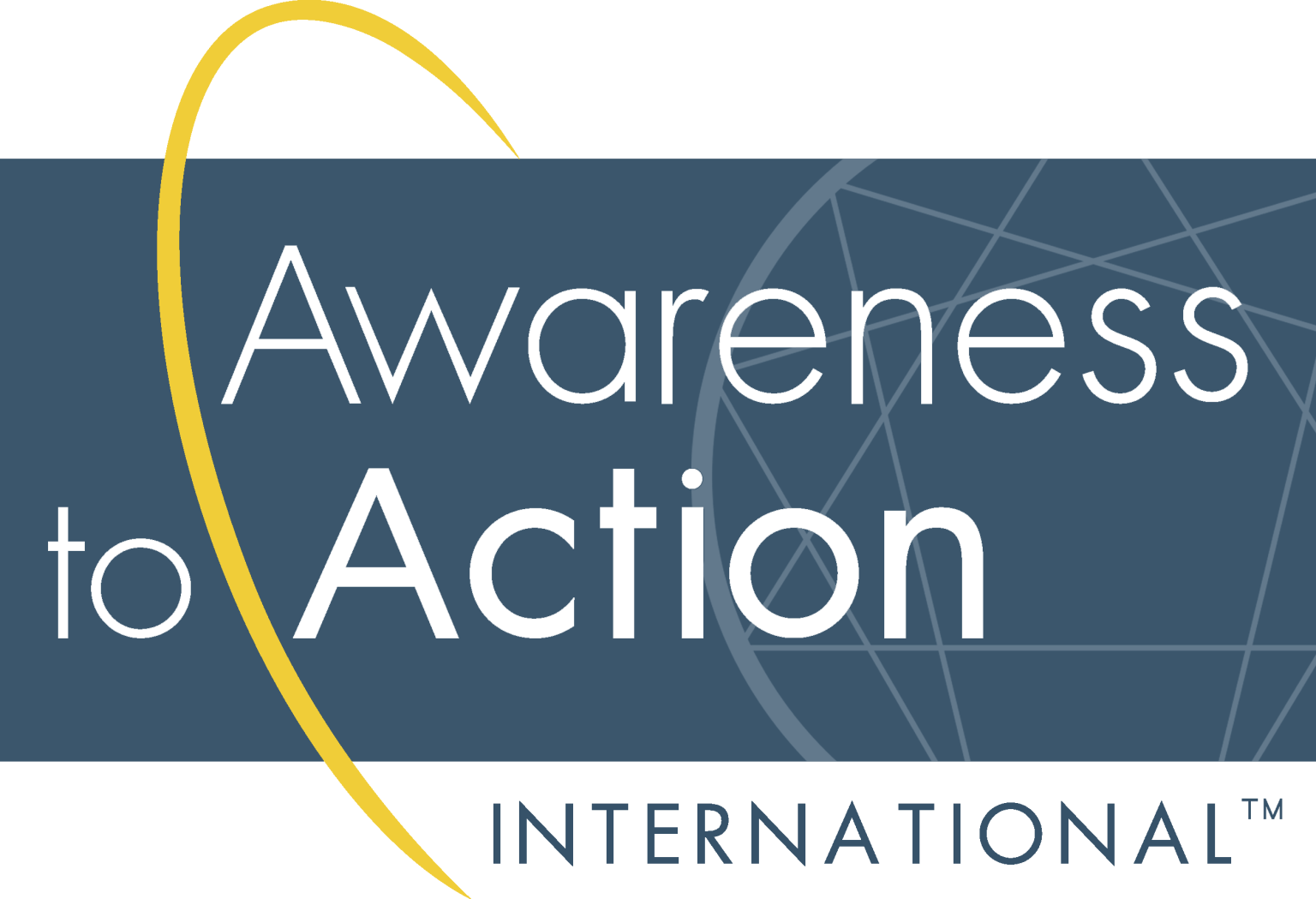By Mario Sikora
Part of an ongoing series of articles on clear-thinking skills, excerpted from “How to Think Well, and Why: The Awareness to Action Guide to Clear Thinking” by Mario Sikora (available at www.awarenesstoactionbooks.com).
Fake news and distorted truths are nothing new: humans have always been prone to share and believe rumors, tall-tales, and fantastical stories.
Never before, however, have such fictions been so amplified and accelerated as they are today due to technology and human interconnectedness. And never before have the consequences been so dire.
Misinformation threatens our health, our safety, our financial security, and the future of the planet and our peaceful existence on it.
I don’t believe it is an overstatement to say that our well-being as a species lies in our ability to spot and counter misinformation.
Misinformation is both a result of and a reinforcement of all the other obstacles described in this section. Our biases, personality, cultural influences, and ignorance lead us to believe things that are not only untrue but dangerous; our embrace of misinformation keeps us from learning or letting go of our biases.
Correcting misinformation, however, means we are learning (decreasing our ignorance) and gives us a motivation and rationale for shedding our biases.
To be a clear thinker we need to be ruthless in spotting misinformation—both the mistakes or untruths that others spread and those we spread ourselves—and correcting it.
GUARDING AGAINST MISINFORMATION
Logic, the Scientific Method, and the Boloney-Detection Kit
Your Network of Tools and Models
A good “boloney-detection kit” helps us navigate life without being deceived—either by others or ourselves. It involves creating a network of critical-thinking tools and mental models that help us filter the ocean of information that comes our way each day.
Creating a good boloney-detection kit involves picking a tool, model, or concept in each of the five thinking domains and practicing them. Start with one practice in each domain and add from there.
In addition to development of skill in the tools, you should ask yourself two questions whenever you encounter information or assertions:
- Is this a belief/feeling question or a fact question? (Remember, this is the heart of epistemic clarity.)
- If the latter, am I exercising appropriate skepticism?
Spotting Pseudoscience and Pseudo-expertise
The world is awash in pseudo-science and pseudo-experts (“pseudo” means “false”) and it can be difficult to tell the difference. Here are some things to watch for when trying to spot nonsense and those who would peddle it.
- The use of vague, exaggerated, or untestable claims.
- Reliance on confirming evidence rather than falsification.
- Resistance to having their claims tested by other experts.
- A lack of progress in the field, and the dependence on dogma and tradition rather than exploration and expansion.
- Personalizing issues and demonizing critics or competitors. (Claims of persecution or conspiracy from “outsiders” or “Big _______” mainstreamers.)
- Use of misleading, vague, or ambiguous language. (Creating unnecessary neo-logisms, “science-y” sounding terms, or idiosyncratic definitions of existing terms.)
- Blurring the boundaries of one’s expertise (physicists making assertions about climate; chiropractors making claims about vaccines; medical doctors making claims about physics; etc.
- Reliance on testimonials and anecdotes rather than evidence.
- The Galileo Gambit—claiming to be a misunderstood genius whenever their claims or credibility are challenged.
- Use of the “Gish Gallop”—avoiding critique by spewing out fallacies faster than they can be debunked to overwhelm challengers.
- Over-confidence and lack of humility. Real scientists know that all science is provisional—only good until new evidence comes along.
- Use of the term “scientifically proven.” (Science doesn’t actually “prove” anything to be true, it either proves something untrue or determines probabilities of accuracy.)
- Reliance on and repetition of discredited or disproved ideas.
- Invocation of vague, untested, or untestable “energies.”
- Pointing to post-hoc, phony patterns.
Adapted from: https://en.wikipedia.org/wiki/Pseudoscience#Classifying_pseudoscience and https://scienceornot.net/science-red-flags/
Recognizing Expertise
A real expert:
- has superior factual knowledge in the field and exceptional understanding of how to apply the facts to produce concrete results.
- has a better ability than her peers to differentiate between similar, but not identical cases.
- shows consistency in judgments that is better than her peers.
- is identified by her peers in the field as an expert.
A real expert’s:
- arguments are logical and consistent.
- arguments are recognized as valid by most other experts in the field.
- expertise is vouched for by third parties that have authority in the field.
- has no conflict of interest or prejudices that may influence his or her judgments.
- has a successful track record of judgments in his or her field.
Adapted from https://scienceornot.net/2014/06/29/trusting-the-experts/






